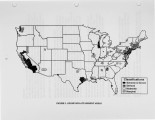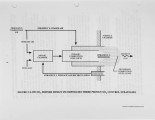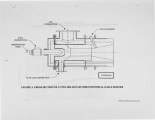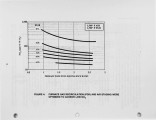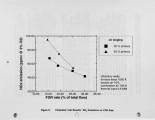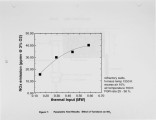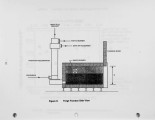| OCR Text |
Show below their target. This system is designed to meet the National Ambient Air Quality Standards at a reduced cost and with a smaller impact on the regional economy than the command and control approach. In the sections that follow, we illustrate how a prominent industrial fInn located in Los Angeles is meeting their environmental, economic, and production requirements through the application of a new 10w-NOx burner technology. We describe the technology development process, the application of these burners to an industrial furnace, and the resulting furnace performance. Development of StAR Burner Technology Certain industrial processes, such as forging, melting and heating, can emit high levels of NOx due to the need for relatively high furnace temperatures. Furthermore, many of these facilities incorporate combustion air preheating equipment to increase the furnace thermal efficiency. Unfortunately, elevated air temperatures further increase NOx emissions. Therefore, these industries are in need of low-cost, naturalgas- fired burners that generate very low levels of NOx without compromising the production process or efficiency. To develop a burner that satisfies these needs, Arthur D. Little assembled a team encompassing the full spectrum of required expertise: fundamental knowledge of combustion and pollutant formation; innovative product development capabilities; industrial furnace and process experience; and burner engineering, manufacturing, and marketing capabilities. The development team includes Arthur D. Little, Hauck Manufacturing Company, and the Massachusetts Institute of Technology (MIn. Under the sponsorship of the Gas Research Institute, this team has developed the industriallow-NOx StAR burner discussed below. The target market for this burner technology lies predominantly in the metals processing industry, with applications such as forging, heat treating, aluminum melting and steel reheating. Description of the StAR Burner The advanced, 10w-NOx Staged Air Recirculating (StAR) burner's combustion process, illustrated in Figure 2, employs flue gas recirculation, staged introduction of combustion air and integral reburning to effectively control NOx emissions. This approach provides a relatively low temperature, fuel rich primary zone, followed by a low temperature, lean secondary zone. These conditions reduce the formation of prompt and thermal NO. In addition, part of the NOx present in the recirculated flue gas is "reburned" in the primary zone, leading to a further reduction in NOx emissions. 4 |



